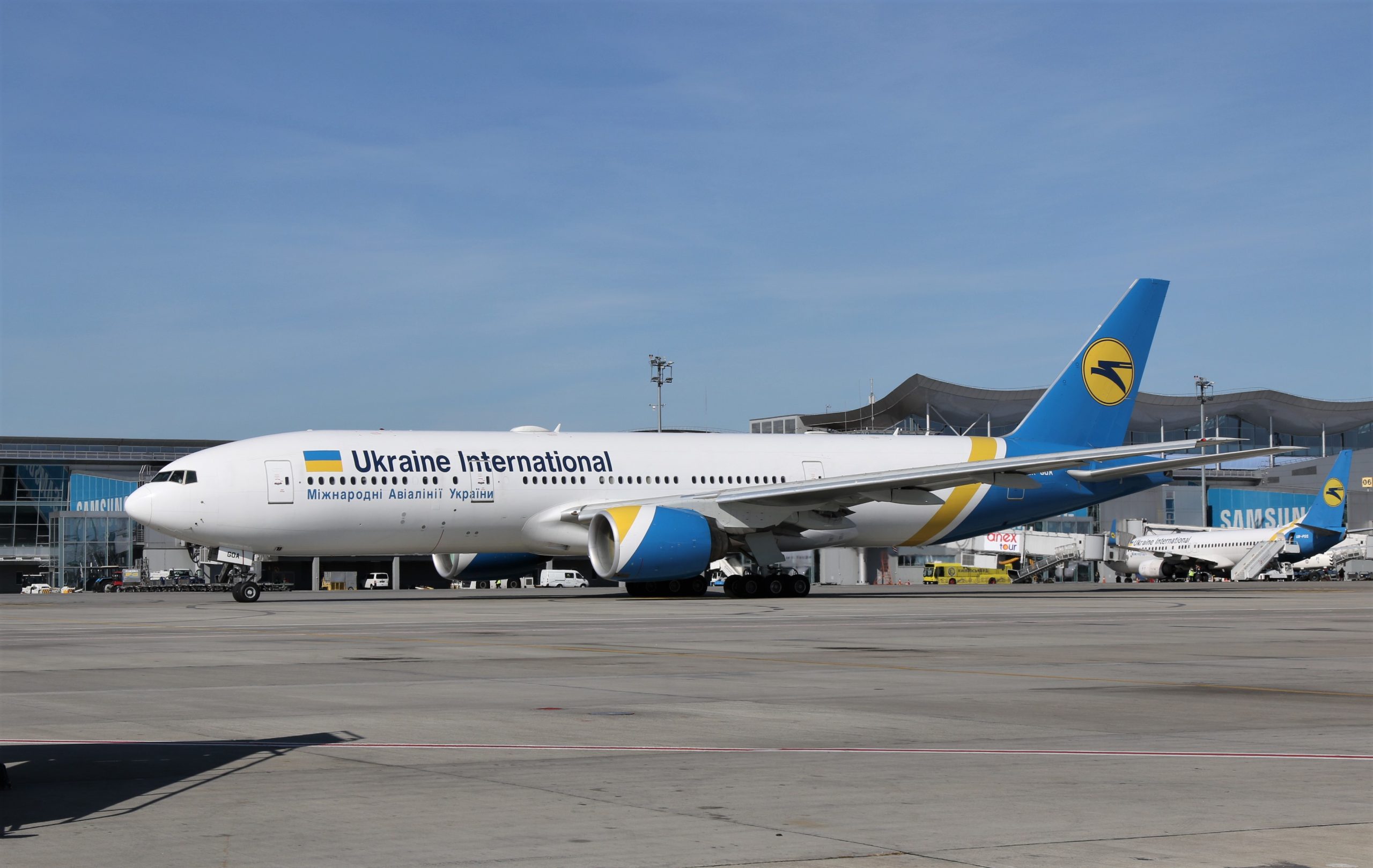When you go on a cruise, it’s probably not the first thing on your mind to figure out where your poop goes. But, this is a crucial part of the cruise ship operations and it’s important to know how it works.
Cruise ships are not connected to a nearby sewage system like they would be if they were docked in port. So, what do they do with all that waste?
The Sewage System
Cruise ships have their own separate sewage systems. They are equipped with a sewage tank, which collects all of the waste from the toilets throughout the ship.
This includes human waste and grey water from showers and sinks. The tank holds the waste until it is emptied by pumping it out into port or into open waters.
Treatment Onboard
Before pumping out into open waters, the wastewater must be treated onboard. The wastewater is separated into three categories: black water (which contains human waste), grey water (water from bathrooms or kitchens), and bilge water (water that accumulates in the bilge of a boat). Each type of wastewater is treated differently using methods such as filtration, chemical treatment, and ultraviolet light disinfection.
The Waste Disposal Process
Once treated onboard, the wastewater can either be pumped out into open waters or dumped in port. In some countries, dumping in port is illegal due to environmental restrictions.
In these cases, pumping out into open waters is allowed as long as certain guidelines are followed. Waste must be pumped away from shore so that sea life and people swimming near shore are not affected by any potential contamination.
Conclusion
Cruise ships have their own dedicated sewage systems that allow them to safely dispose of waste while at sea or in port. The wastewater must first be separated and then treated onboard before being released back into either open waters or discharged at ports depending on local laws and regulations.

